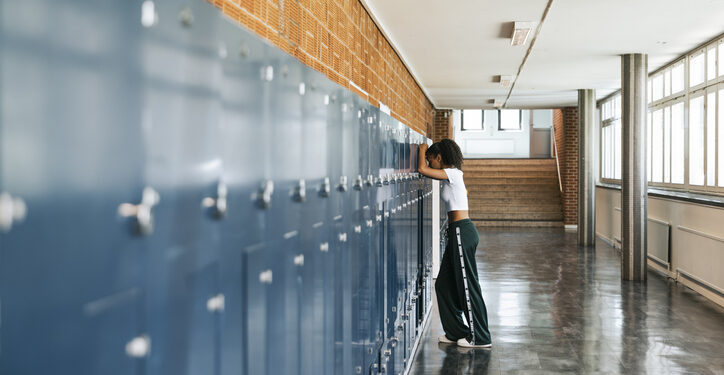
(NewsNation) — Artificial intelligence is revolutionizing the way we work, and the overall way many people live their lives. As the saying goes, however, not all change is good. And when it comes to AI, some problems may be worsening.
AI enables computers and machines to simulate human learning, decision making and problem-solving. In other words, it gives human qualities to computer systems.
But while AI can make your life easier by aiding smartphones, banking and even something as simple as picking a movie, it can also be used to cause harm.
“Bullying is something that I guess virtually everyone has encountered at some time, particularly in their childhood,” said Stephen Balkam, CEO of the Family Online Safety Institute. “What is new is how it is translated itself into the online world, and what makes it more difficult and more challenging, particularly for kids, is the persistent nature of it. At least when you left school and left the playground behind, you left the bullies behind. But now, with with social media and with texting and with apps, the bullies can follow you home, and that’s where we see a greater intensity of the impact of cyberbullying on kids.”
Experts fear AI could make cyberbullying a much larger issue.
“It sort of takes it to another level. A cyberbully who takes a very unflattering picture of another kid in their class and sends it around. Well, that’s a form of cyberbullying, which we’ve become quite accustomed to,” Balkam said. “What happens with AI is that you can take that same picture and literally take the clothes off of that child or girl or boy or put their face on an existing video and circulate that around. And so it becomes even more intense and more shaming, shall we say, for the victim.”
And it’s having a devastating effect on children, particularly teens.
Nearly half (46%) of U.S. youth ages 13 to 17 have been cyberbullied or harassed online, and their physical appearance is most often the reason why, according to a report from the Pew Research Center.
Offensive name-calling (32%), spreading false rumors (22%) and receiving explicit images (17%) are the main ways teens are bullied online.
AI cyberbullying doesn’t appear relegated to just teens, either.
“We did a study showing real photographs and AI-generated photographs to parents and teens, and they only got it right about 50% of the time,” Balkam said. “And this is 2024. Who knows where we’re going to be years from now?”
Experts say the way to prevent the problem is requiring AI tools to have watermarks that label the image as AI-generated.
Otherwise?
“You’ll never, ever be able to stop it. I mean, the genie is out of the bottle,” Balkam said.






